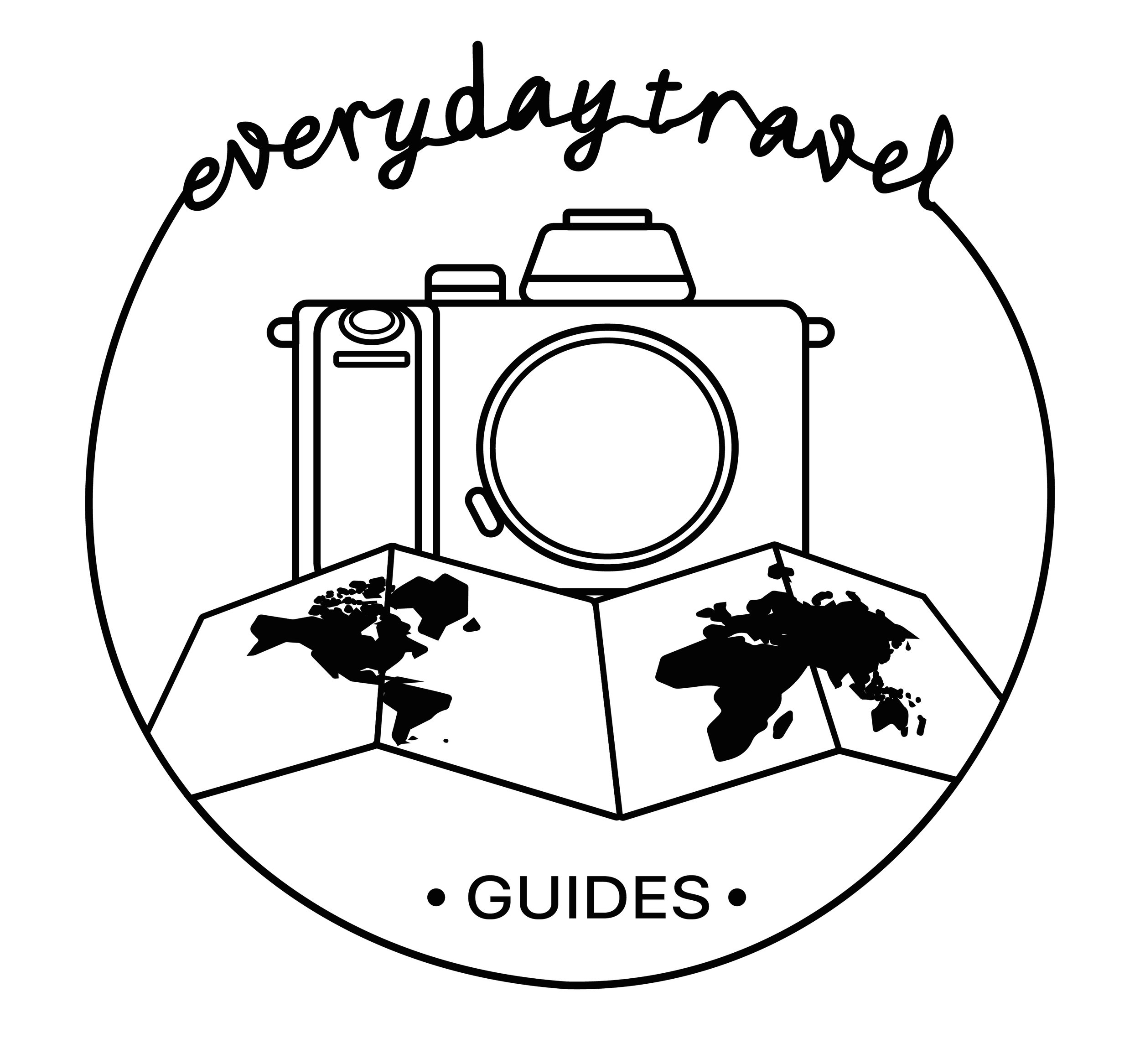How To Plan Your First Day Hike
by Paula Casey
updated November 5, 2020
Table of Contents
How To Plan Your First Day Hike
Discovering the world place by place is one of the great drawcards of travel. From the exhilaration of summiting your first mountain through to making your own way to remote beaches, taking the world on foot is one of the most magical parts of travel. It’s also exceptionally affordable -- and often free! -- plus it’s a great way to meet people, immerse yourself in extraordinary landscapes and culture, and stay active wherever you are. It’s really no wonder that hiking as a leading activity for short, long and even one day escapes is experiencing serious growth the world over.
Even with this, hiking remains somewhat of an ‘undiscovered wonder’ for many people. Due to their random and unfounded assumptions about it, many people bypass it not realizing what they’re missing out on. How many times has the response to a great hiking story or recommendation been something along the lines of, “I’d love to, but, [enter excuse about equipment/cost/mosquitos/accessibility/enjoyment]”. Whatever the excuse, we can almost guarantee that you’ve heard it at least once. What most non-hikers don’t realize is that hiking is by and large just another word for walking. In fact, some countries like Ireland the United Kingdom actually refer to it as hillwalking or Australia where it’s referred to as bushwalking!
If you’re surrounded by people who swear they’re not interested in hiking or are intimidated or it’s actually you who’s looking to get into it, here are some key steps for getting started with your very first day hike. And don’t worry, these tips are truly practical and designed to help you with hitting the trails as soon as possible. With these tips and the full infographic guide below from Walsh Brothers Shoes you’ll be soaking up the world around you before you know it.
Tip 1. Do Pack Basic Equipment
Believe it or not, you’ll be grateful for basic equipment once you’re on the hike as it’s all about going in prepared. Get set with a good day pack that’s comfortable and adjustable. You’ll need to pack your pack with essentials of a Swiss army knife, high-energy nutritious snacks and food for two days including a rubbish bag (subscribe to leaving only footprints -- a couple of XL reusable plastic bags will contain smells), as well as back up socks and underwear. Depending on where you’re going you may need extra location specific items such as insect repellant and walking poles.
Tip 2. Do Prepare For Sun Safety & Hydration
One of the major incidents to befall people in the outdoors is not the terrain or elements and is actually sunstroke and dehydration. Your non-negotiables no matter where you go or the weather forecast are sunglasses, a hat, sunscreen and SPF-lip balm, plenty of water, and water purification equipment. Check out this post for more recommendations about water purification.
Tip 3. Do Wear The Right Clothing
This is a two-pronged tip:
One, check the climate, and, two, prepare for the weather to change quickly so you’ll be able to mitigate exposure risks. Every experienced hiker knows how non-negotiable light layers are whether it’s snowy mountainous conditions or a humid tropical setting.
Every single hike:
Breathable socks
Leggings and/or hiking pants depending on where you’re going
A singlet and form-fitting base shirt
A light scarf for warmth or to keep the sun off or both
Then, add in additional pieces specific to where you’re going:
Merino is a go-to for its moisture-wicking properties
A puffer jacket that weighs next to nothing yet keeps you insulated
Always carry a rain shell with a hood
For serious cold weather you cannot be prepared enough including snow gear:
Goggles
Snow hat or knit hat
Fleece layers
Always comprehensively research your destination, the season, and, allow for things going wrong; at best, this is the difference between a good and a bad hike, and, realistically speaking, this is about preparing yourself for the worst case scenario.
Tip 4. Do Make Safety Precautions
Finally, your safety precautions aka The Outdoors For Dummies. As well as Tips 1-3, ensure to:
Pre-download maps on your phone
Pack a back-up battery pack
Bring an analog compass
A head torch
A basic first aid kit including flares and fire starters
Where To From Here?
Now you’ve got a starting checklist for planning and your needs, read on for the full graphic including shoe recommendations. Your next stop is research of the infinite unbelievable destinations waiting for you locally and globally. Stay safe, happy hiking, and go forth into the world around you.





